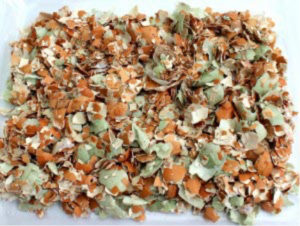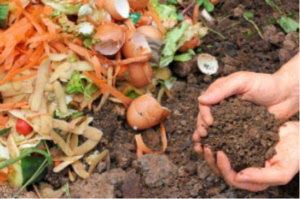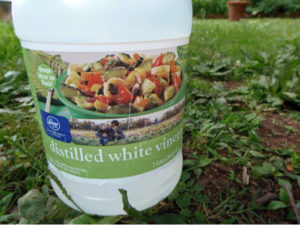All-Natural is all the rage. Bye-bye chemicals, you’re not welcome here.
However, I believe these homemade fertilizers are really so wonderful, and I feel better understanding what’s in the material I’m combining my food with.
It’s good to research which plants need what type of land, and it is advisable to check your soil pH ahead of time. Each kind of fertilizer has distinct degrees of nutrients and acidity. Test your soil ahead of time to see what type of fertilizer your plants will need.
Read their functions here and more regarding the various kinds of nutrients your plants need here.
Upcycle Compost

Rather than throwing away some of your greatest fertilizers, contemplate using them in your garden.
Think twice before you throw away your coffee grounds. Combine with yard waste like straw, grass clippings after mowing, and dry leaves. This adds nitrogen to the soil.
Additionally, don’t use coffee grounds by themselves as they could be quite acidic, even for acid loving plants. Add them to microbe-rich waste from the lawn and make a great mix for the compost. Using coffee grounds with some lime and wood ash and leaves is just another great solution to balance your compost.
DON’T use cardboards or newspapers. Some misinformed folks will say it’s ok to use these, but they’re really loaded with nasty chemicals. In the event that you don’t have enough leaves, you can use sawdust or something similar.
Use this fertilizer with roses, hydrangeas, and azaleas (plants who love more acidity) for maximum gain.
Eggshells adda huge amount of calcium to your soil which can reinforce cell arrangement of your plants when combined with fertilizer.
Natruallivingideas.com recommends putting your shells and coffee grounds into a tight container that will keep the smell in and the bugs out before you use it.
Another great idea for upcycling is using fish water from your fish tank. Instead of emptying it in the toilet or grass, pour it around your garden. The fish water is full of nitrogen and other nutrients that is good for your plants (fresh-water, not salt water!).
Compost Fertilizer

Compost is a great, conventional fertilizer. And it will help recycle waste!
It can be a delicate process though, as you can’t let it sit too long—it will start to lose nutrients. And you can’t stop the process too soon, especially if you’re using manure—it needs time to kill pathogens. Typically, you have a need for a ratio of carbon to nitrogen that lands close to 30:1 and 40:1
Rodalesorganiclife.com has an awesome, insightful post on making compost with animal waste. If you’re going to be making this form of fertilizer, this really is an important read.
Vinegar Fertilizer

Again, vinegar is good for acid-happy plants like the roses, berries, and other plants I mentioned in the upcycling fertilizer.
This fertilizer is affordable and natural! So it’s a fantastic go-to.
Simply combine about a Tablespoon of white vinegar per one gallon of plain water. Do this about once every 3 months.
Epsom Salt Fertilizer

There are lots of means to use Epsom salts in a garden, all which are excellent. I’m only covering what I enjoy to do with these fertilizers myself, if you’ve got an alternative manner that’s fine.
Mix a Tbsp of Epsom salt per gallon of water and apply to plants every couple of weeks.
Naturallivingideas.com advocates using it as a foliar spray, including spraying the fertilizer straightaway to the plant leaves for absorption. I find this to be successful and simple.
Epsom salts (hydrated magnesium sulfate) have magnesium and sulfur, two nutrients which help with photosynthesis, root development, and acid generation among other things.
Epsom salts are a great all-over fertilizer for your garden and it’s great for nourishing land that is depleted.
This is really a fertilizer that is versatile and wonderful. Use it upon peppers, cabbages, onions, tomatoes, roses, and your broccoli. It can help veggies be sweeter-tasting and more healthy, plus it helps plants grow blossom and more powerful.
Fish Fertilizer

This really is all about as real as it gets. Time to get dirty.
Fish intestines, heads, bones, it all … they’re a great fertilizer since they’re quite high in phosphorous, potassium, amino acids, and nitrogen.
You usually have to gather fish parts throughout the year (freeze them so they last) so that you can make a big batch of fertilizer in the springtime.
Beets, broccoli, Brussel sprouts… they all thrive with this specific fertilizer. Leafy greens love this stuff!
The typical mix is 1 part fish to 2 parts water and place it in an air-tight container like a pail. Leave it in a bright location (away from you house…it’s not nice). You usually have to stir the concoction every few days. After a couple weeks, it’s going to be ready to apply to your garden.
Typically, around 3 gallons covers 100 square feet.
